Iran’s Rising Star in the Global Ceramic Tile and Stone Market
Iran, a country with a rich history of artistry and craftsmanship, has emerged as a powerhouse in the global ceramic tile and stone export industry. With its abundant natural resources, advanced manufacturing capabilities, and strategic geographic location, Iran is uniquely positioned to supply high-quality ceramic tiles and natural stones to markets worldwide. From intricate designs inspired by centuries-old Persian aesthetics to modern, durable products that meet international standards, Iran’s tile and stone industry is thriving. This article explores Iran’s dominance in this sector, delving into its production strengths, export markets, competitive advantages, and practical insights for businesses looking to import these premium materials. Whether you’re a wholesaler, contractor, or designer, this guide will provide you with a comprehensive understanding of why Iran is a top choice for ceramic tiles and stone exports.
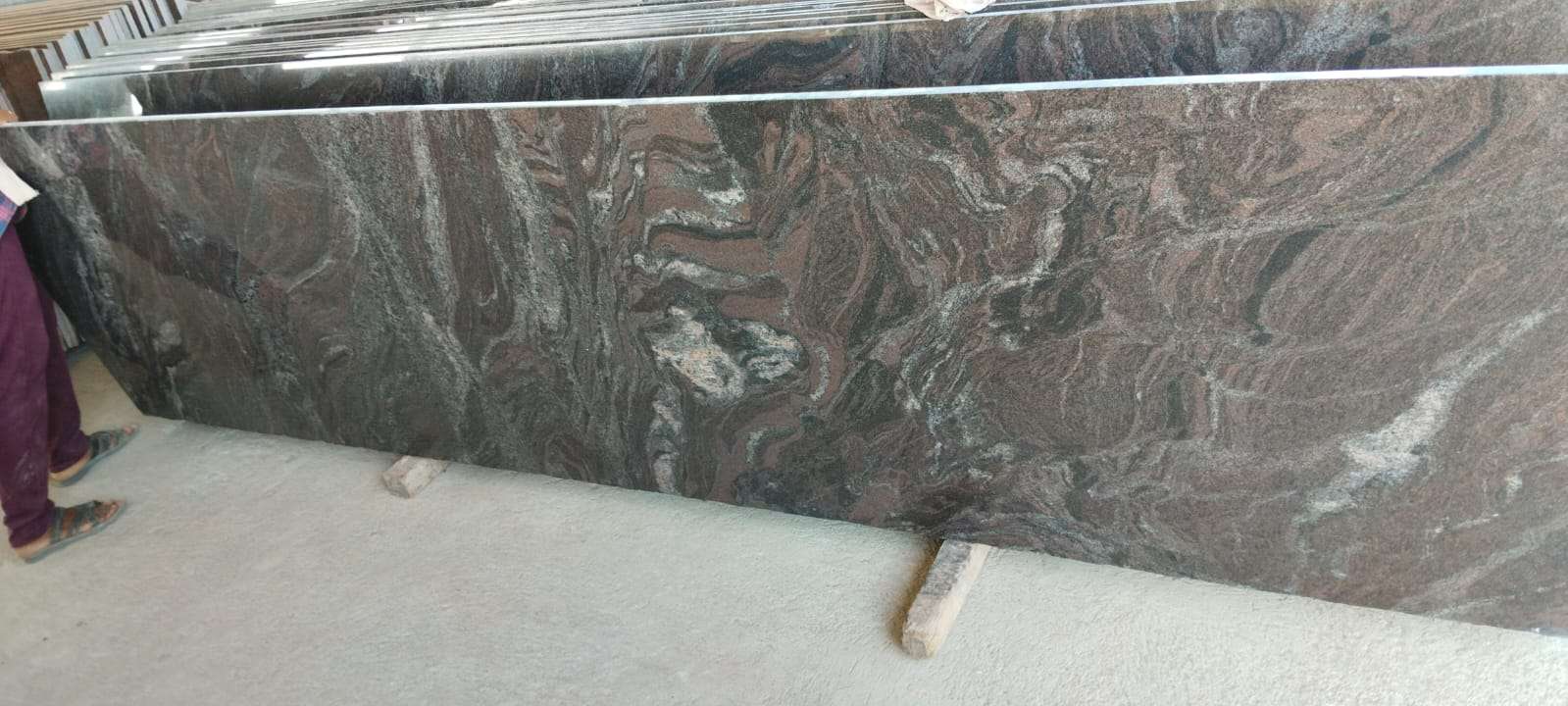
Why Iran Leads in Ceramic Tile and Stone Exports
A Legacy of Craftsmanship
Iran’s ceramic tile industry dates back to around 1250 BC, with a storied tradition of producing glazed bricks and decorative tiles that adorned ancient palaces and mosques. Today, this legacy continues with modern production techniques that combine artistry with functionality. Iranian tiles are renowned for their intricate patterns, vibrant colors, and durability, making them a favorite in residential, commercial, and industrial projects worldwide.
Abundant Natural Resources
Iran is blessed with vast deposits of raw materials essential for tile and stone production, such as clay, feldspar, and silica. The country’s stone quarries, particularly in regions like Yazd and Isfahan, yield high-quality marble, travertine, granite, and onyx. These resources allow Iran to produce tiles and stones at competitive prices while maintaining exceptional quality, reducing reliance on imported materials by up to 70%.
Advanced Manufacturing Capabilities
With a production capacity of approximately 720 million square meters of ceramic tiles annually, Iran ranks fifth globally among ceramic tile manufacturers. The country’s factories, equipped with cutting-edge technology, produce a wide range of products, from traditional hand-painted tiles to modern porcelain slabs. Yazd alone accounts for 60% of Iran’s tile output, earning the region the nickname “Yazd tile” in international markets.
Key Export Markets for Iranian Ceramic Tiles and Stones
Dominance in Neighboring Countries
Iran’s strategic location, bordered by 15 land and sea neighbors, makes it a key supplier to regional markets. Iraq is the largest importer, accounting for 73% of Iran’s ceramic tile exports, driven by high demand for reconstruction projects. Other significant markets include Afghanistan, Pakistan, Turkmenistan, Georgia, the UAE, Tajikistan, Armenia, Uzbekistan, and Azerbaijan. These countries value Iranian tiles for their affordability, quality, and cultural resonance.
Iraq: A Booming Market
Iraq’s demand for ceramic tiles has surged due to post-war reconstruction efforts. Iranian tiles, particularly those with wood, marble, and natural stone textures, are highly sought after for their aesthetic appeal and durability. Neutral and matte colors like gray and black are especially popular in Iraqi markets.
Pakistan: A Growing Opportunity
Pakistan, with its population of over 230 million and expanding construction sector, is a key destination for Iranian tiles. In 2016, Iran’s tile exports to Pakistan reached $41 million, driven by shared cultural preferences for stone and rustic designs. Land routes through Rimdan and Pasbandar facilitate cost-effective exports.
Emerging Global Markets
Beyond its neighbors, Iran is expanding its reach to markets like Mozambique, Qatar, the UAE, and even Europe. Companies like Zista Group supply Iranian tiles to Spain and other EU countries, offering cost-effective solutions for medium and small-scale buyers. The use of advanced digital printing techniques to create realistic stone and wood-effect tiles has further boosted Iran’s appeal in global markets.
Competitive Advantages of Iranian Ceramic Tiles and Stones
Cost-Effectiveness and Quality
Iranian ceramic tiles are often described as “cheap” yet high-quality, offering a compelling value proposition. Unlike lower-quality alternatives from some competitors, Iranian tiles maintain durability and aesthetic appeal, making them a preferred choice in price-sensitive markets. Trade agreements and lower import duties in countries like Pakistan further enhance their competitiveness.
Diverse Designs and Customization
Iranian tiles cater to a wide range of tastes, from traditional Persian motifs to minimalist modern designs. Popular colors in export markets include green, yellow, white, and blue, while textures like wood, marble, and rustic stone dominate demand. Manufacturers also offer customization options, allowing wholesalers to order exclusive designs in bulk.
Sustainability and Innovation
Iran’s tile industry is increasingly adopting sustainable practices, such as reducing carbon emissions and improving energy efficiency in manufacturing. Advanced digital printing and eco-friendly glazes align with global trends, making Iranian tiles attractive to environmentally conscious buyers.
Challenges Facing Iran’s Tile and Stone Export Industry
International Sanctions
Despite its strengths, Iran’s tile industry faces challenges due to international sanctions, which restrict access to some global markets. These sanctions increase production costs and complicate international shipping, limiting Iran’s ability to compete with industry leaders like China, India, and Italy.
Branding and Market Penetration
Weak branding and limited market penetration in non-neighboring countries remain hurdles. While Iran excels in supplying regional markets, expanding into competitive markets like Europe and North America requires stronger marketing strategies and brand recognition.
Competition from Global Players
Countries like China, India, and Spain dominate the global ceramic tile market, with China alone producing 6.22 billion square meters annually. Iran must continue to innovate and differentiate its products to maintain its edge in quality and design.
How to Import Ceramic Tiles and Stones from Iran
Step 1: Research Reliable Suppliers
To import high-quality tiles and stones from Iran, partner with reputable suppliers like Araz Tile, Manamaster, or CeramPakhsh. These companies offer free consultations, price inquiries, and export expertise, ensuring a smooth transaction process. Check for certifications that meet international standards for durability, safety, and environmental impact.
Step 2: Understand Import Regulations
Each country has specific import regulations, including tariffs, taxes, and quality certifications. For example, Dubai requires tiles to meet UAE standards for safety and durability. Research the requirements of your target market and ensure compliance to avoid delays or additional costs.
Step 3: Choose the Right Logistics Partner
Efficient logistics are critical for cost-effective imports. Iran’s proximity to regional markets allows for land-based shipping, which is often more affordable than sea or air transport. For distant markets like Europe, select a freight partner with experience in handling ceramic tiles to minimize damage during transit.
Step 4: Negotiate Bulk Orders
Wholesalers can secure better prices and exclusive designs by placing large-volume orders directly with manufacturers. Companies like Daya Materials offer bulk discounts and customization options, making it easier to meet market demands.
Popular Types of Iranian Ceramic Tiles and Stones
Ceramic and Porcelain Tiles
Ceramic tiles are the backbone of Iran’s export industry, available in glazed and unglazed varieties. Porcelain tiles, known for their low porosity and high durability, are ideal for high-traffic areas like floors and commercial spaces. These tiles come in various patterns, including herringbone, chevron, and mosaic designs.
Natural Stone Tiles
Iran’s natural stone tiles, including marble, travertine, granite, and onyx, are prized for their unique patterns and durability. Marble and travertine are popular for luxury interiors, while granite is favored for outdoor applications due to its resistance to wear. Slate, with its riven surface, offers slip-resistant options for wet areas.
Decorative and Mosaic Tiles
Iran’s decorative tiles, inspired by Persian art, feature intricate patterns and vibrant colors. These are often used in architectural landmarks, religious sites, and high-end residential projects. Mosaic tiles, made from small ceramic or stone pieces, add a touch of elegance to walls and floors.
Tips for Maximizing Profits as an Importer
Focus on Niche Markets
Identify niche markets with high demand for specific designs, such as stone-effect tiles in Pakistan or neutral-colored tiles in Iraq. Tailoring your imports to local preferences can increase sales and profitability.
Build Strong Supplier Relationships
Establish long-term partnerships with Iranian manufacturers to secure consistent quality and pricing. Regular communication and visits to production facilities can help ensure your supply chain remains reliable.
Leverage Online Marketplaces
Online platforms like Manamaster and CeramPakhsh offer convenient ways to browse and order tiles. These platforms provide detailed product information and streamline the import process, saving time and costs.
Stay Updated on Market Trends
Keep an eye on global trends, such as the growing demand for sustainable and digitally printed tiles. By aligning your imports with these trends, you can attract a broader customer base and stay ahead of competitors.
The Future of Iran’s Ceramic Tile and Stone Exports
Projected Market Growth
The global ceramic tile market is expected to reach $320.5 billion by 2027, with a growth rate of 7.1%. Iran is well-positioned to capture a larger share of this market by addressing challenges like sanctions and improving branding efforts. Investments in sustainable production and innovative designs will further boost its competitiveness.
Technological Advancements
Iranian manufacturers are adopting advanced technologies like digital printing and eco-friendly glazes to meet global demand for sustainable and visually appealing tiles. These innovations will help Iran compete with leading producers like China and India.
Expanding Global Reach
With companies like Zista Group and Daya Materials targeting markets in Europe and the Middle East, Iran’s tile and stone exports are poised for growth. By overcoming logistical and branding challenges, Iran can establish itself as a global leader in the industry.

Conclusion: Why Choose Iranian Ceramic Tiles and Stones?
Iran’s ceramic tile and stone export industry combines centuries-old craftsmanship with modern innovation, offering high-quality, affordable, and diverse products for global markets. From the bustling construction markets of Iraq and Pakistan to the design-conscious hubs of Dubai and Europe, Iranian tiles and stones are making their mark. By partnering with reputable suppliers, understanding import regulations, and leveraging Iran’s competitive advantages, businesses can tap into this thriving industry. As Iran continues to innovate and expand its global reach, its ceramic tiles and natural stones will remain a top choice for importers seeking quality, value, and beauty. Start exploring Iran’s offerings today and elevate your projects with world-class materials.

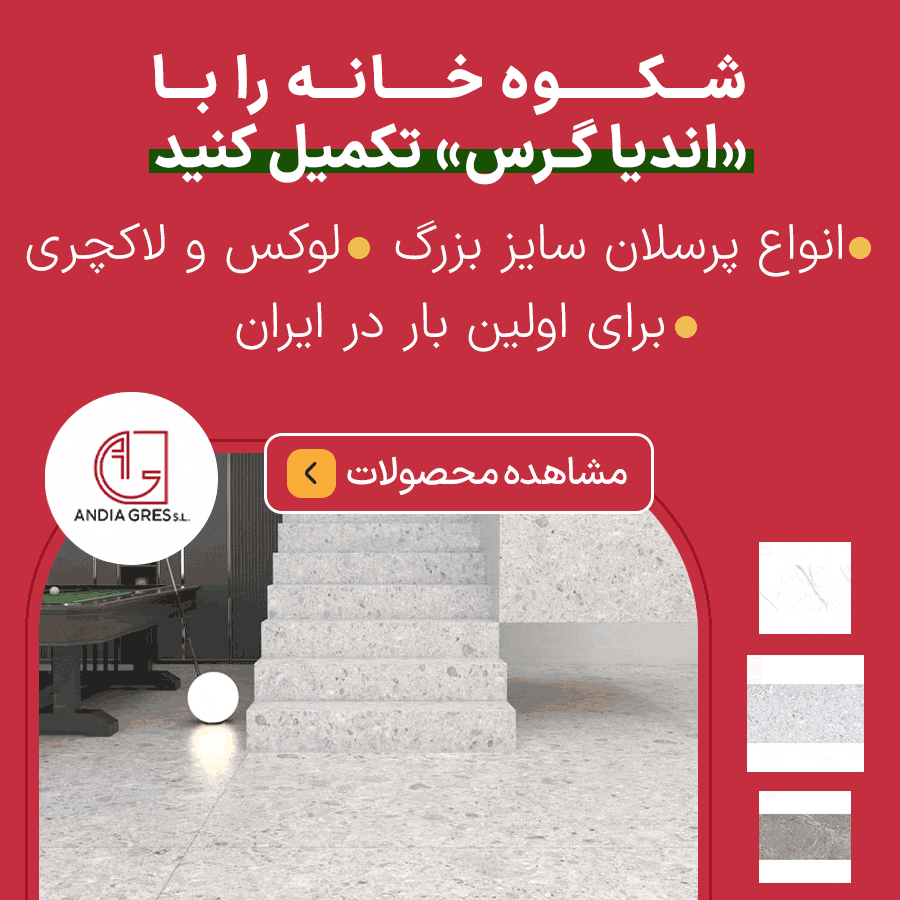




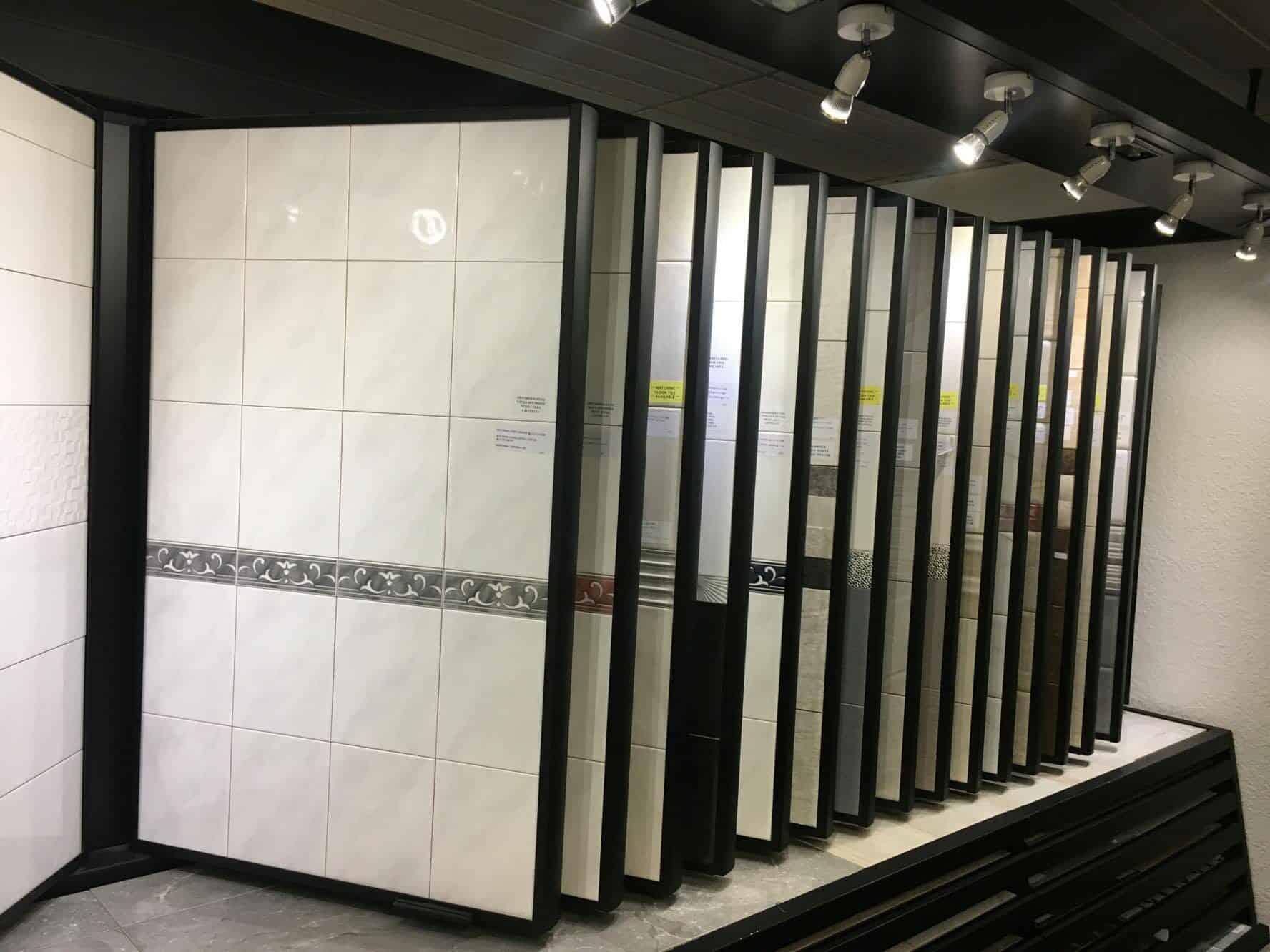
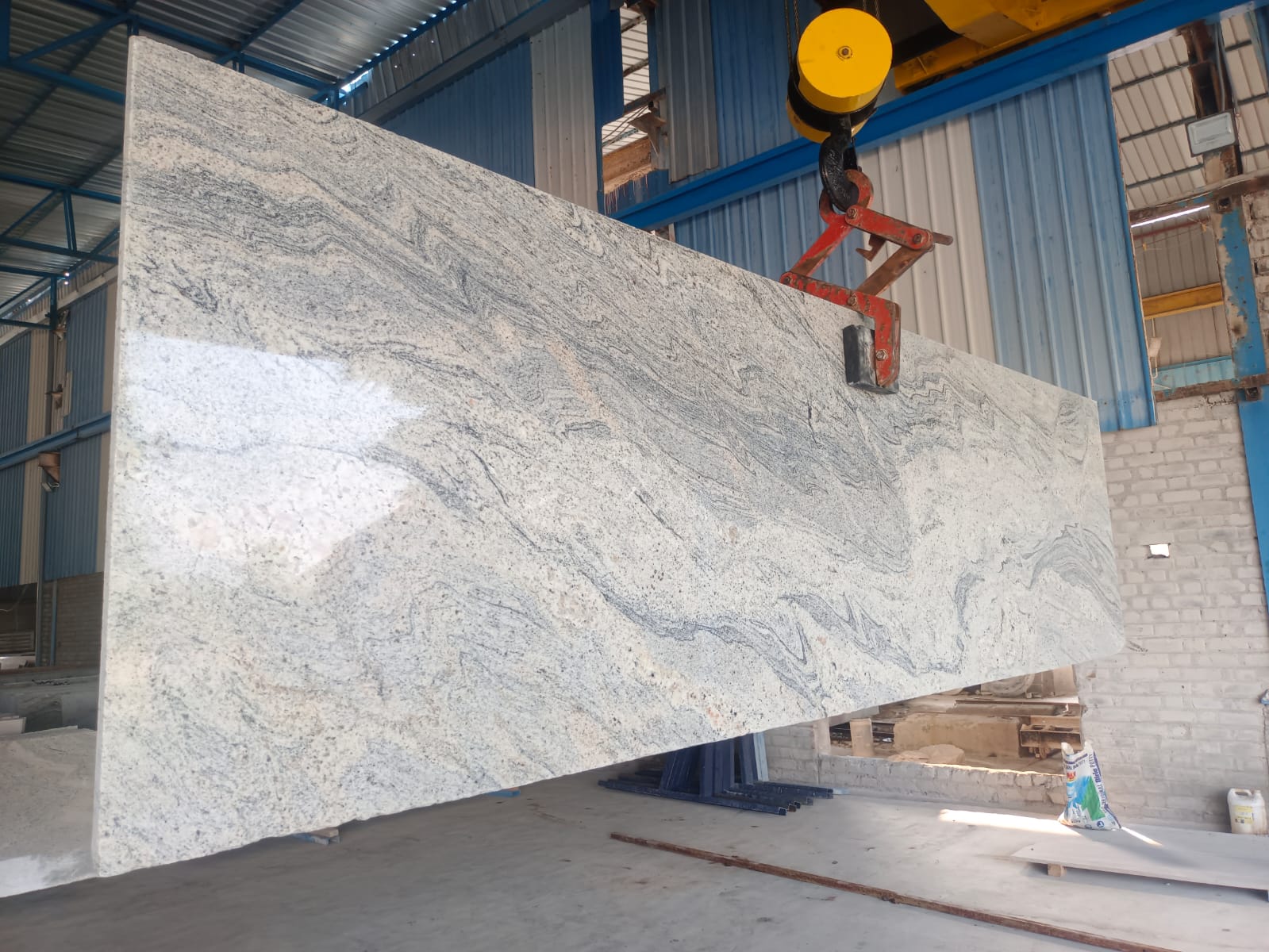

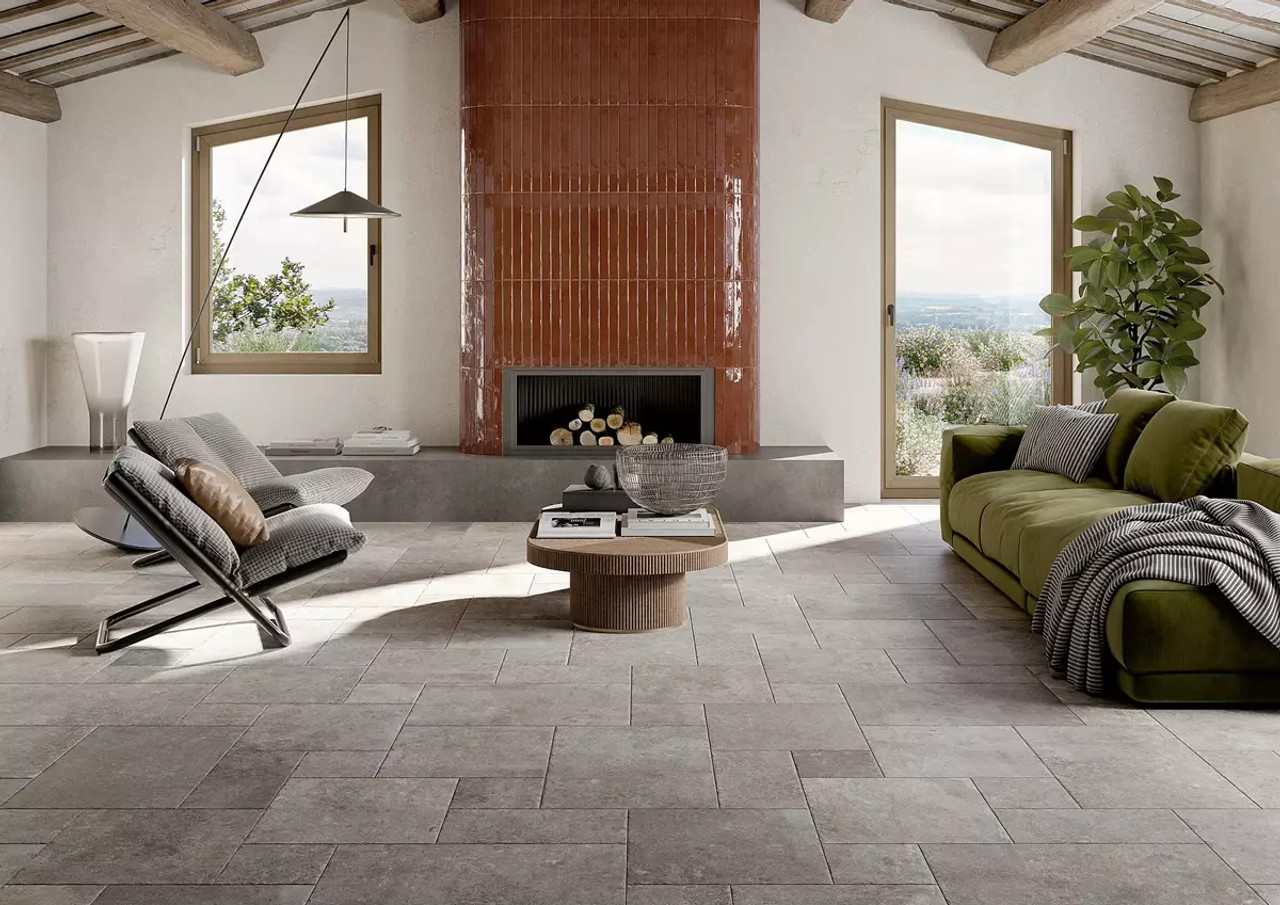
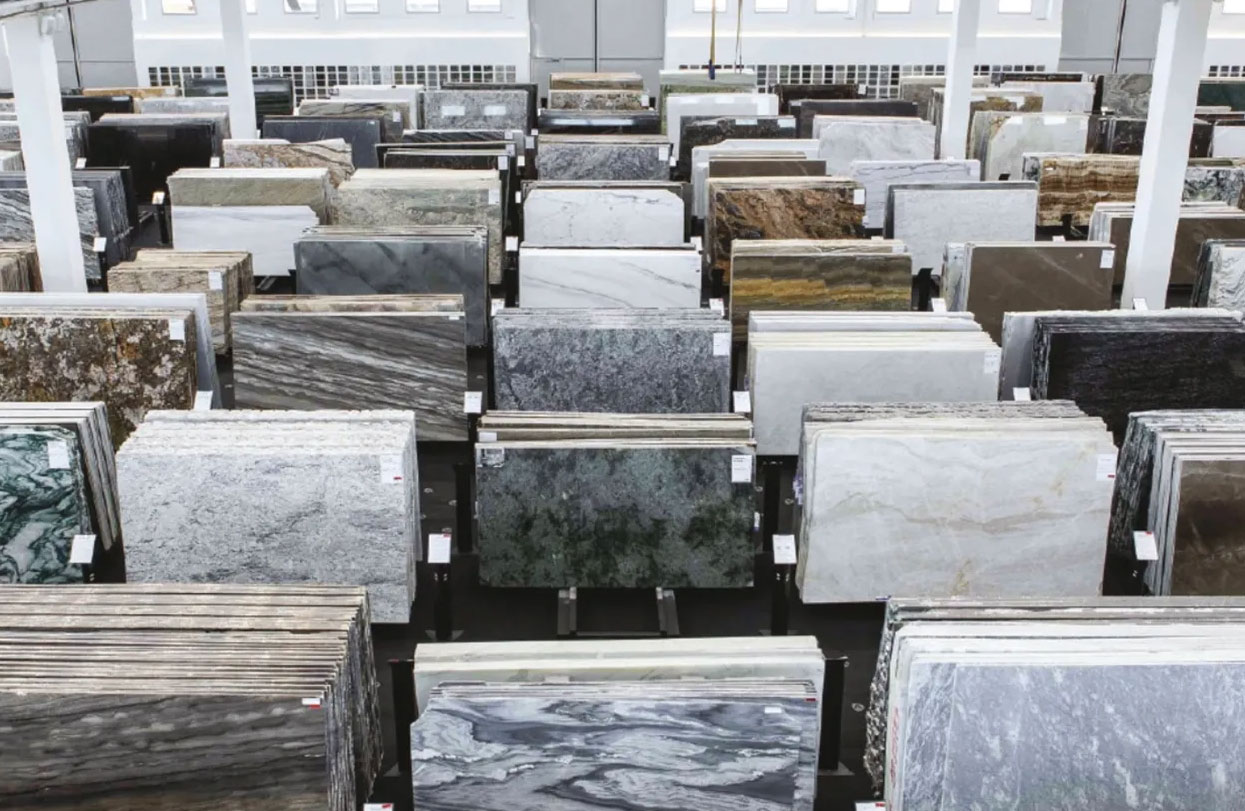

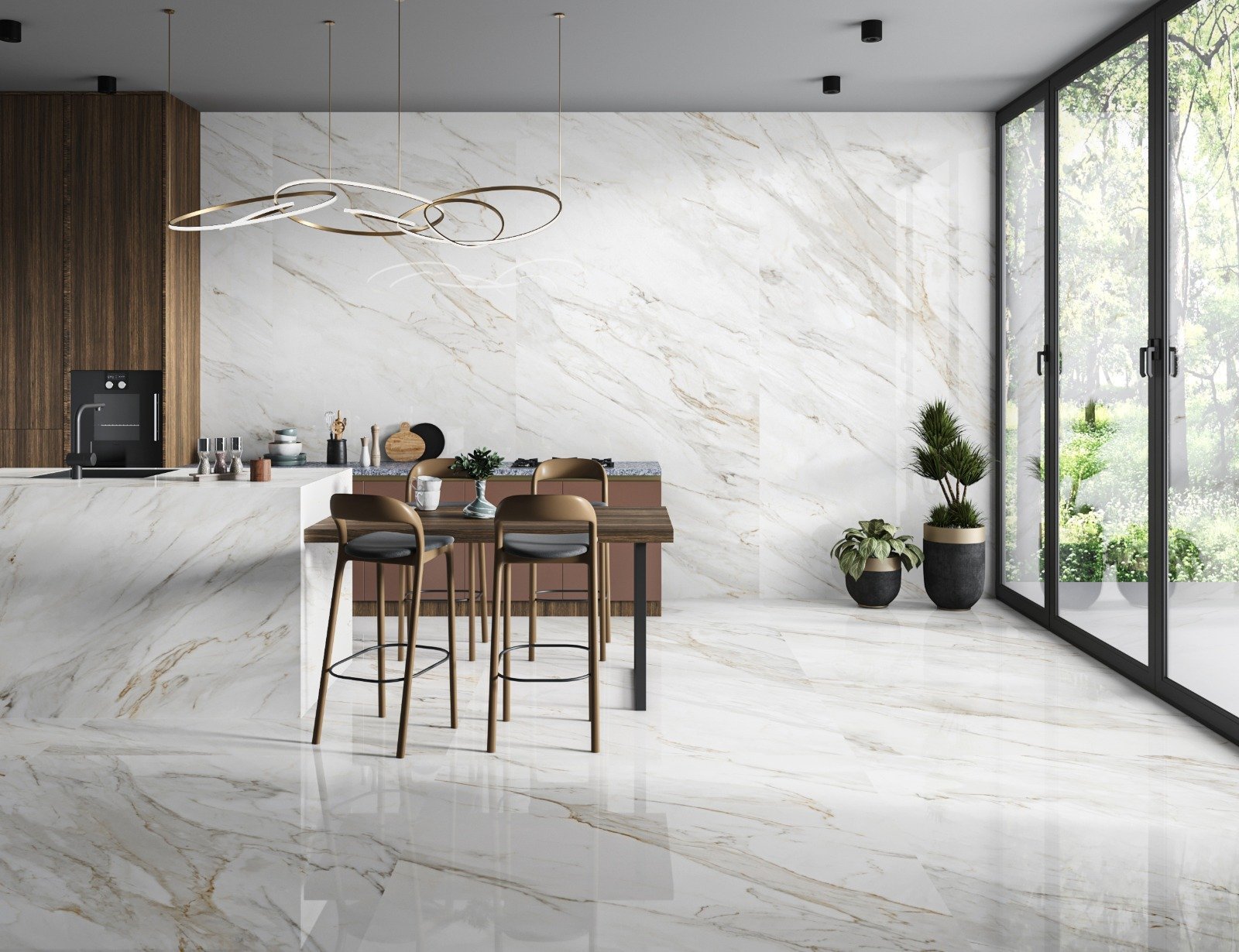
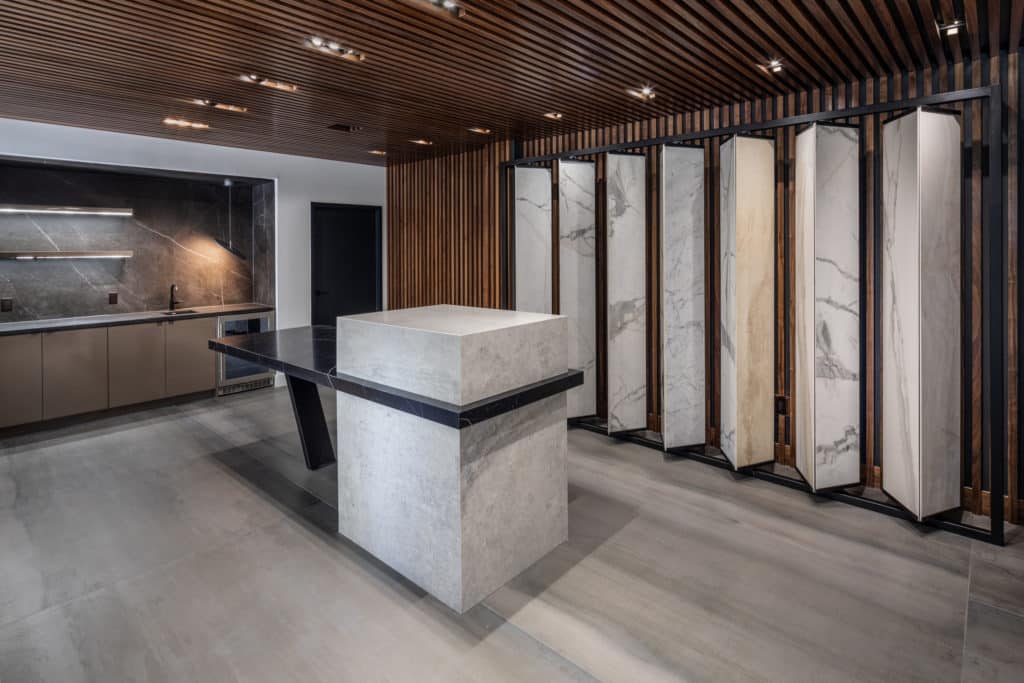
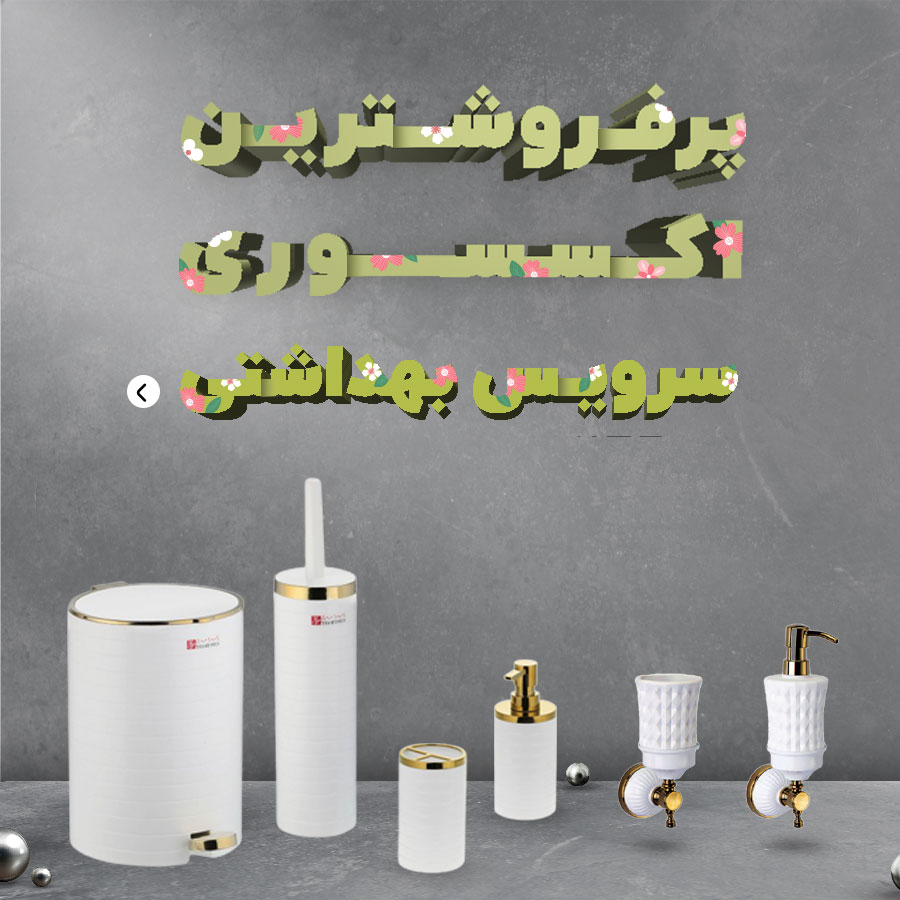

نظرات ۳